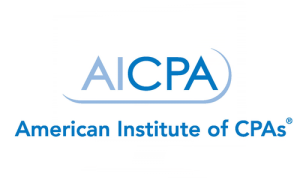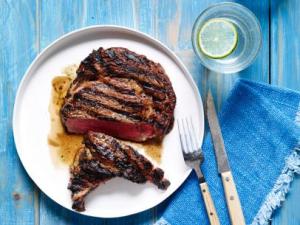
Mothers Against Drunk Driving (MADD)
Image: madd.org
Chicago-based Tim Salvesen operates as the vice president of accounting and corporate controller at GridLiance GP, LLC. Apart from his professional pursuits, Tim Salvesen performs community service, including as a volunteer for Mothers Against Drunk Driving (MADD). Below are some common questions and answers regarding MADD.
Q: What is MADD?
A: The mother of a teenage girl who was killed by a drunk driver established MADD as a nonprofit in 1980. MADD raises awareness of and protects families from underage drinking, as well as drugged and drunk driving.
Q: What kind of victim services does MADD provide?
A: In addition to a 24-hour helpline, MADD offers support groups comprised of survivors of drugged and drunk driving and provides supportive literature. It also publishes MADDvocate, a biannual online magazine with, among other things, uplifting stories. Moreover, MADD helps those affected by drugged and drunk drivers receive compensation and other assistance. It also provides tribute services to the families of those who have been impacted by such drivers.
Q: How can one get involved with MADD?
A: You can either directly donate gifts, money, or other items to MADD or participate in its fundraising activities. Additionally, you can help advocate for change by staying informed, volunteering at MADD events, or participating in legislative action alerts.






You must be logged in to post a comment.